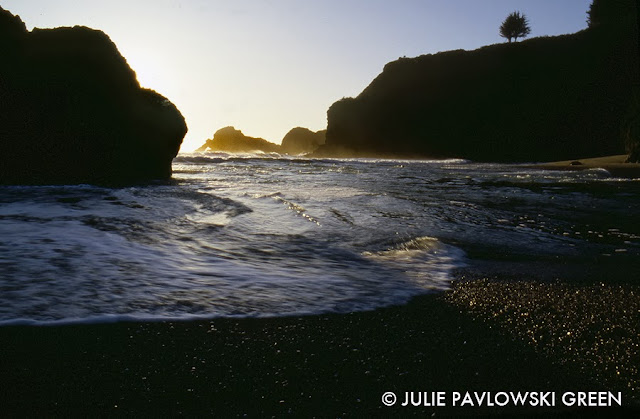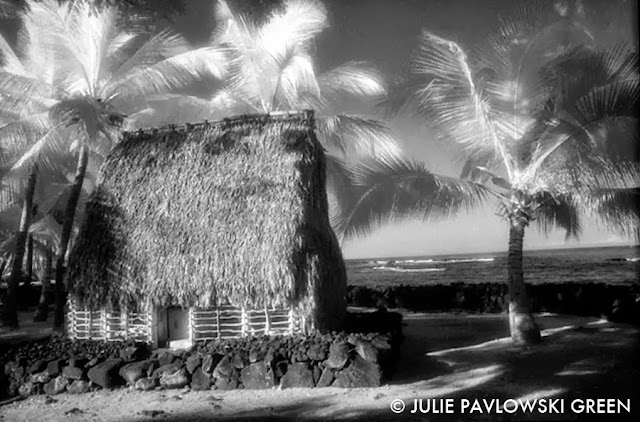Posts
Showing posts from October, 2013

Posted by
Julie Green
Nardwuar: The Human Serviette
- Get link
- X
- Other Apps

Posted by
Julie Green
Honeycombed Hallows Eve
- Get link
- X
- Other Apps

Posted by
Julie Green
Navarro-by-the Sea
- Get link
- X
- Other Apps

Posted by
Julie Green
Pu'uhonua O Hõnaunau
- Get link
- X
- Other Apps